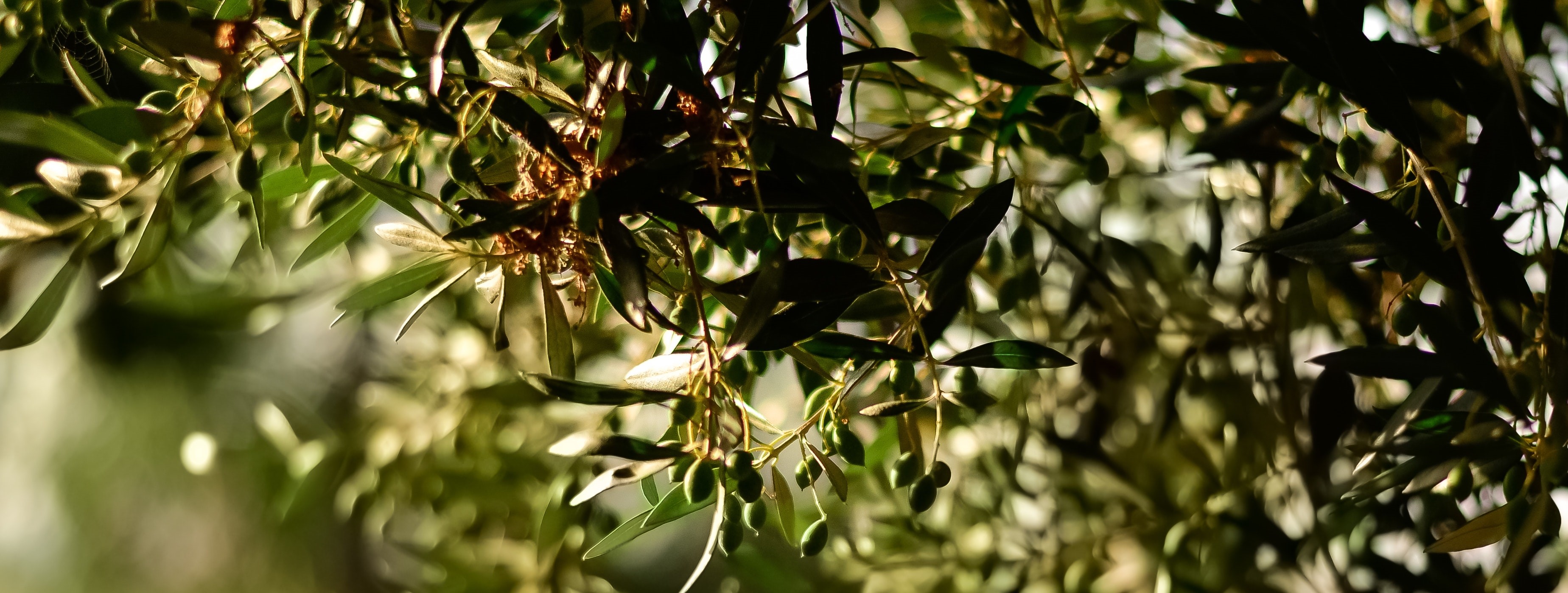Quality Traits of Table Olives

This post is also available in:
This post is also available in:
![]() Français (French)
Français (French) ![]() Deutsch (German)
Deutsch (German) ![]() Türkçe (Turkish)
Türkçe (Turkish) ![]() Ελληνικά (Greek)
Ελληνικά (Greek)
- The size and shape of the olive fruit
The fruit load of a tree, fertilization, irrigation, but also the rest of the cultivation interventions are the main factors that influence this specific trait.
- The size of the kernel
Based on this characteristic, olives are divided into micronuclei, which are also ideal for industry, mediumnuclei, and macronuclei.
- The ratio of flesh weight to pith weight
The higher this number, the more suitable the fruit is considered for consumption.
- The quality of the skin
The skin, having as its main role the protection of the fruit, must be resistant to any stresses, but at the same time thin.
- The color
Depending on the commercial type of each olive, the desired color changes. For example, for green olives that have been cured with alkaline, without lactic fermentation, the desired color is the deep green one. If the olives have undergone lactic fermentation, a green-yellow to golden-yellow color is considered ideal. Finally, when it comes to naturally matured ones in brine (water and salt), their color should be black-purple.
- The texture
The texture of the flesh is often interwoven with the quality of the fruit. It is determined by variety, moisture, oil content, and structure. During the early stages of fruit development, there is the highest consistency of the flesh and then it decreases.
- The taste and smell
Taste and smell are the results of many factors. However, they are formed mainly due to the organic acids, the phenolic compounds (such as oleuropein), and the contained salt.
- The absence of defects
The presence of foreign matter or the presence of insects, fungi, and bacteria is definitely considered a major defect. Injured olive fruits are also considered defective.
- Good hygienic condition
Both the diseases and stresses that the fruit has suffered before harvesting, as well as any degradation that took place during its processing, shape to a large extent the quality of the final product and is due to physicochemical and microbial causes.
- Purity (adulteration control)
It has been reported that black olives treated with caustic soda are used for adulteration on naturally ripe olives in brine.
Here, you can read about the Quality Traits of Olive Oil
References
Μπαλατσούρας, Γ.Δ., Η επιτραπέζια ελιά, εκδ. Μπαλατσούρας Γ.Δ., Αθήνα, 1995








































































